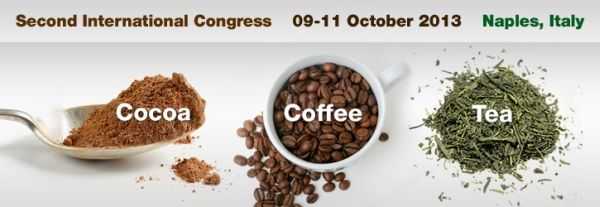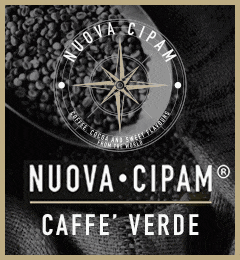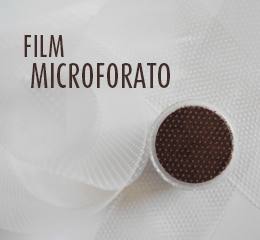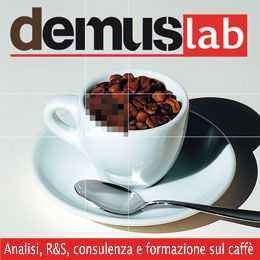Belalcazar A 1, 2, Reith H2, Eppink M2, Wijffels R2 1 PECTCOF B.V. 2 Department of Bioprocess engineering, Wageningen University, Wageningen, Netherlands. E-mail: andres.belalcazar@pectcof.com
Mechanization of coffee production has been carried out for the last twenty years to cope with the growing demand of coffee. This has created new challenges in the coffee value chain.
Mechanization increases productivity and lowers cost of production, but also concentrates the agricultural waste and reduces labour force in the plantation and mills. In the semi-wet post harvesting method the pulp and mucilage are separated from the beans by mechanical means [1].
This discarded stream contains anti nutritional compounds such as polyphenols, and caffeine. These compounds makes the resultant biomass unfit for use as compost or livestock feed, As result becomes a pollutant in the coffee regions [2].
Coffee pulp represents 40% of the total fresh weight of the coffee cherry. The pulp biomass is rich in complex polysaccharides, and polyphenols such as pectin and chlorogenic acid [3,].
These substances have possible market demand in the food and pharmaceutical industry. By separating the coffee pulp biomass through a biorefinery approach, the pollution loads will be reduce and the refined material transform into valuable biobased compounds.
The aim of this research is the development of an efficient process for extraction, modification and purification of pectin from coffee pulp. Pectin is a hydrocolloid widely used in the food industry as a thickening and stabilizing agent. Coffee pectin was studied in the past, but discarded as a suitable source of commercial pectin due to the lack of gelling properties with calcium ions.
New technologies in pectin production allow modification with the use of enzymes, providing new functionalities for different applications. Coffee cherries from Arabica were collected in Colombia.
The pulp was separated from the coffee beans and freeze dried. Pectin was extracted from the dried material by means of acid and alkali solutions, precipitated and dried at low temperature overnight. Pectin was analysed for sugar composition and uronides content.
The extracted material shows high contents of galacturonic acid and arabinose. Further research will focus on optimization of the extraction, purification process and pectin functionalization.
References
[1] Wintgens J N, Coffee: Growing, Processing, Sustainable Production: A Guidebook for Growers, Processors, Traders, and Researchers2009: John Wiley & Sons. Ch. 13.
[2]Bressani R, et al., Coffee Pulp and Coffee Hulls. Effect of Dehydrated Coffee Pulp in Diet of Rats and Chicks. Turrialba, 1973. 23(4): p. 403-409.
[3]Esquivel P, and Jiménez V. Functional properties of coffee and coffee by-products. Food Research International, 2012. 46(2): p. 488-495















